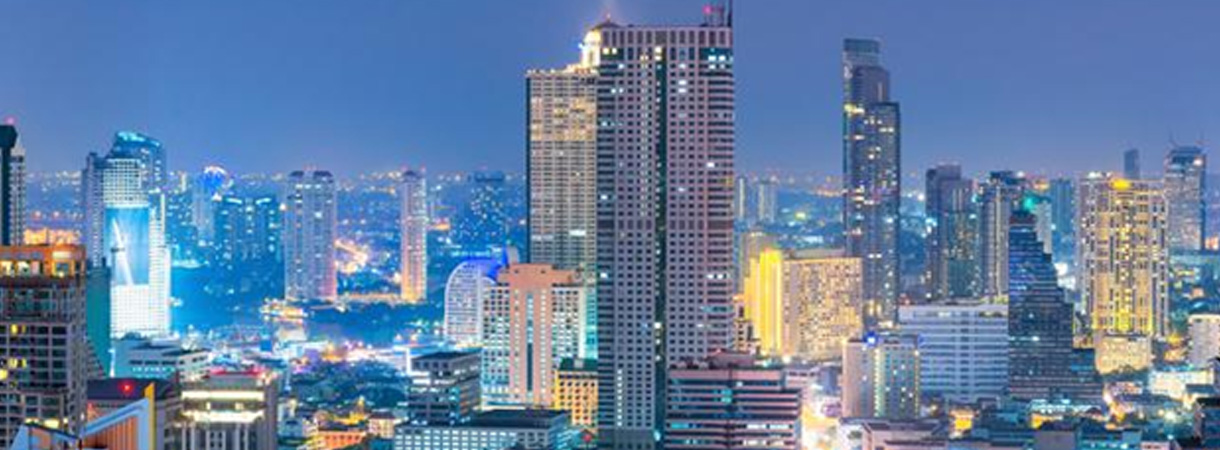SMART TECHNOLOGY IN SMART CITIES: CONVERGENCE IN PHYSICAL SECURITY
Physical security is an essential part of every business’s overall risk management strategy. In addition to the traditional domain of human security, theft prevention and looting, and the protection of physical property, a number of measures have recently become increasingly important. These additional features include cyber security, artificial intelligence (AI) video analysis, remote surveillance / surveillance, and security and safety of people and property during remote operation triggered by COVID-19 as a hybrid working model.
To say that things have changed since then is a dramatic underestimation. The growth of the Internet of Things (IoT) is one way to improve physical security. Connected devices have become commonplace and open up exciting new possibilities beyond recorded video. Other advances, such as the advancement and widespread adoption of IP cameras, have contributed to further progress, including improved analysis, increased computing power, and technological advances. open architecture.
Health and safety management
Perhaps the most urgent responsibility they face is to maintain occupancy limits, limit physical contact and remain accountable to the occupants of the building where they are located and their state of health.
When the pandemic finally wears off, the expectations of visitors and residents will not change when they return to work. And because this new transition to hybrid work will mean that employees will spend less time in commercial buildings, such as offices, priorities will inevitably change in terms of occupancy levels. . The lower occupancy rate of the building compared to the pre-pandemic level means that higher priority is given to high-quality experiences in lower residential areas. Let’s face it, employees will expect some room to breathe when they return to the office.
Physical security technologies can help keep this process as smooth as possible. For example, access control allows companies to track and record the number of people entering, living in and leaving a building. CCTV analysis can be used to determine whether people are wearing face masks or not. As more and more companies adopt longer-term hybrid business models, smart CCTV applications and comprehensive reports on access control owners and managers will help them understand how to use their buildings – they can make informed decisions about how to use land use optimization.
Provide excellent recruitment and staffing experience
Using facial recognition and mobile access applications can also be essential to creating an excellent and seamless experience for visitors and employees. The use of these technologies in combination with unlimited turnstiles will provide companies with a good level of security and data usage that they can use to make effective decisions.
Face recognition can be a controversial privacy issue, especially since there is a lack of understanding of how and where images are stored. It is important to explain that these systems do not store photos of people, instead they make important measurements of a person’s face and use it as an algorithm to find out who they are. The benefits of this technology are enormous, so it’s worth considering. In addition to the obvious safety and security improvements, the overall impression of the building is further improved as the smooth running of pedestrian traffic becomes routine. Building staff have access to the areas they need without the hassle of traditional access control. And most importantly, they have nothing to lose.
Public surveillance in a smart city
Closed Circuit Television (CCTV) has become an important element of crime prevention strategies in many cities around the world. CCTV is evolving and evolving similarly to data communication technology. Earlier CCTV systems used to monitor crime prevention in public places usually used special cables that connected CCTV cameras (eg in real time or from an incident investigation recorder. Communication technologies used in early systems were less cost-effective over long distances and therefore camera systems are likely to be concentrated in local areas, such as some downtown streets or in and around specific buildings.
However, information and communication technologies used by smart communities can be used by IP-CCTV system designers to create CCTV networks that can operate in corporate networks that provide the entire city, and even through CCTV networks anywhere in the country where it is smart. urban infrastructure is installed. It delivers economies of scale that physical security and surveillance system designers have never experienced before. Physical security during smart cities
The physical security of buildings and cities will require the efficient and effective use of information technology. Physical infrastructure, such as walls, ditches and walls, is still in place in some areas, but is no longer enough to deter attackers.
Surveillance can be achieved using information technology, some are automated and some present images and intelligence to security guards in remote control rooms, which can be located anywhere in the city or other cities in other parts of the world. Security incidents are monitored and monitored in real time, and police and emergency services command and control systems are integrated into these security systems to ensure the fastest and most accurate response possible. The challenge is to fully develop these age-appropriate “complex socio-technical” security systems in smart cities without compromising privacy. This is a very exciting time for the security sector!
Public safety is essential for community well-being and economic growth. Improving public security can only be achieved if city and provincial governments adopt technologies and infrastructure that can gather, analyze, understand and use real-time intelligence.
By assessing the needs of the population, setting smart city goals and understanding current and available technologies, smart cities can create an environment that results in healthier, growing neighborhoods with more positive populations.
